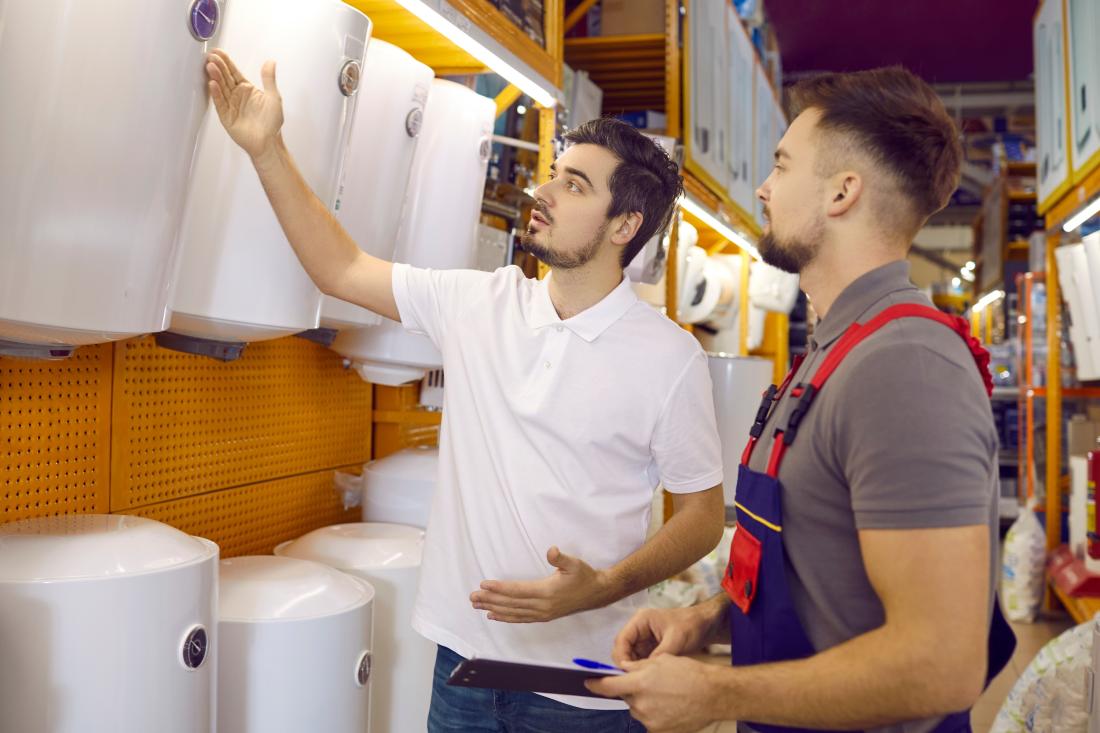Information Disclosure, Incentives, and Energy Costs in the United States
- Urban population
- Technology adoption
- Energy conservation
- Information
- Monetary incentives
- Pricing and fees
Consumers often lack information about the energy efficiency of durable products like air conditioners, cars, and water heaters. This lack of information may decrease demand for such products, increase energy consumption, and increase costs for consumers. Researchers worked with a large nationwide retailer in the United States to test whether sharing information, and providing subsidies and sales incentives had an effect on the demand for energy efficient water heaters. Results showed that information alone did not increase demand, and a $100 rebate or the combination of a $25 sales incentives and a $100 rebate significantly increased purchases of the water heaters. In this context, providing more information alone was not an effective way of increasing demand for energy efficient durable goods.
Policy issue
Consumers often lack information about the energy efficiency of durable products like air conditioners, cars, and water heaters. This lack of information may reduce demand for such products, increase energy consumption, and increase costs for consumers. To increase demand for these products, regulating agencies could mandate or incentivize information sharing, provide subsidies, or set minimum quality standards. However, there is little evidence on the effectiveness of sharing information with consumers, and little is known about how informed consumers are about products and their benefits. Additional information could help regulators target interventions to increase the take up of energy efficient durable products. In a randomized evaluation in the United States, researchers examined the effect of information sharing, customer rebates, and sales incentives on the behavior of both sales agents and customers, and consequently, on the demand for energy efficient durable goods.
Context of the evaluation
Every year, Americans purchase US$361 billion in energy-using durable goods such as air conditioners, cars, and water heaters, and spend US$570 billion on energy for those goods. Water heating in particular consumes about $300 in energy annually per household, or about $29 billion per year nationwide. While using energy efficient models (e.g. Energy Star) could save people 13-18 percent of their annual energy bill, the Energy Star market share is only about 3 percent for the retailer involved in this study.
Energy Star models come with higher upfront costs (approximately US$645) than standard models (approximately US$420), which may deter consumers from purchasing them. Consumers also typically lack knowledge about water heaters and want to replace them quickly when they break, meaning they rely on information from sales agents to make quick purchase decisions.

Details of the intervention
Researchers worked with a large nationwide retailer that sells natural gas water heaters to test the impact of information disclosure, rebates for customers, and sales incentives for agents, on the sale of Energy Star natural gas water heaters. The sample included 77 sales agents in two call centers and over 20,000 customers. Customers calling in were randomly assigned to receive either:
-
Information only: sales agents were provided with scripts to share additional information to customers on the benefits, features, and savings of the Energy Star models.
-
Rebate only: Customers were offered rebates of either $25 or $100 on the purchase of an Energy Star model.
-
Information + rebate: Customers received both the information and a rebate of either $25 or $100.
In the second phase of the evaluation, some sales agents were randomly selected to receive a $25 incentive for selling an energy efficient model. Customers calling these agents were randomly assigned to receive either the information only or the information + rebate offer.
To measure the compliance of sales agents with the suggested information and rebate scripts, an independent audit of the sales calls was conducted. A follow up survey was conducted with all customers who called between December 2012 and June 2013 to better understand why customers either chose to purchase a water heater or not.
Results and policy lessons
While providing information alone had no effect on the demand for energy efficient water heaters, both $100 customer rebates and the combination of $25 sales incentives with $100 rebates increased Energy Star water heater sales. Independent audits showed that sales agents were only partially compliant, and generally only shared information about energy efficiency with a small minority of the most interested customers.
Sales Agent Behavior: Sales agents were only compliant a small proportion of the time. Relative to the control group calls, agents were 10 percent more likely to mention Energy Star in information only calls and 14 percent more likely to do so in rebate only calls. Agents were more likely to deliver the suggested script to customers who were already interested in energy efficiency, suggesting they put little effort into marketing to those who are less concerned with energy efficiency.
Consumer Choice: The $100 rebate increased the probability that customers purchased an Energy Star product by 0.006 percentage points, a relatively large effect considering that about 0.9 percent of consumers in the control group purchased an Energy Star model. The combination of the $25 sales incentive and the $100 rebate had a much larger effect, increasing purchase probability by 4 percentage points overall. Analysis showed that lack of information was not the major barrier to take up of energy efficient products: even if agents shared information with all callers rather than the select inclined to purchase based on energy efficiency, Energy Star would still only constitute about 8.3 percent of the market. Follow up surveys indicated that the primary reason for not purchasing an Energy Star water heater was high ticket prices.
